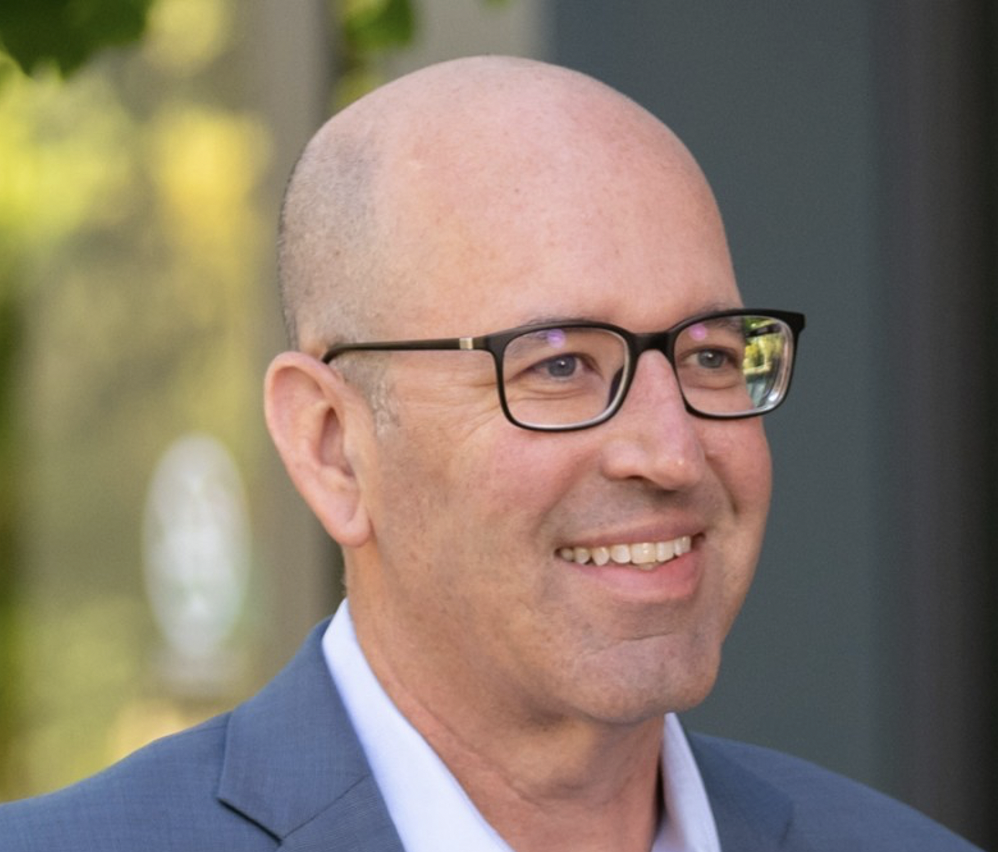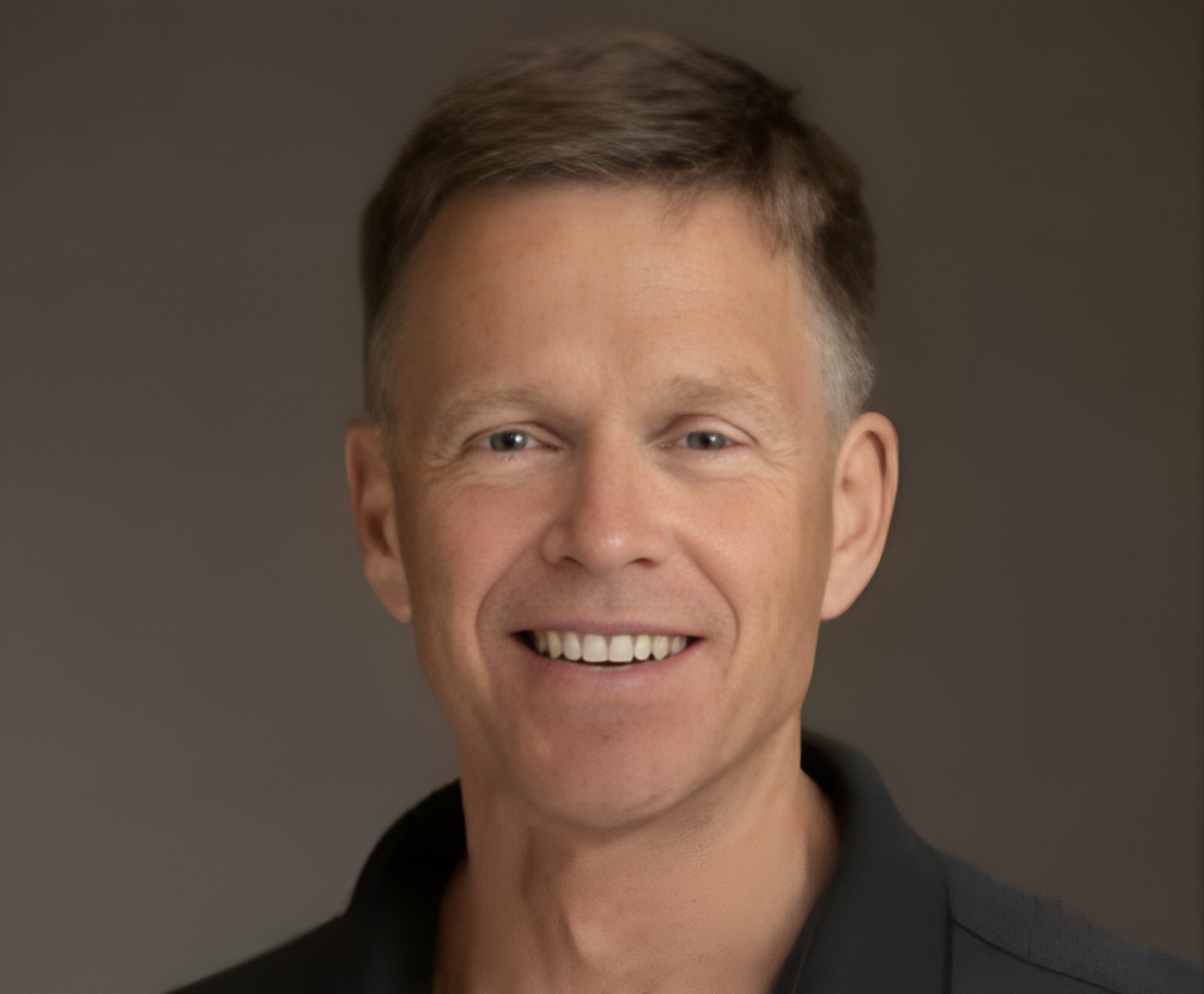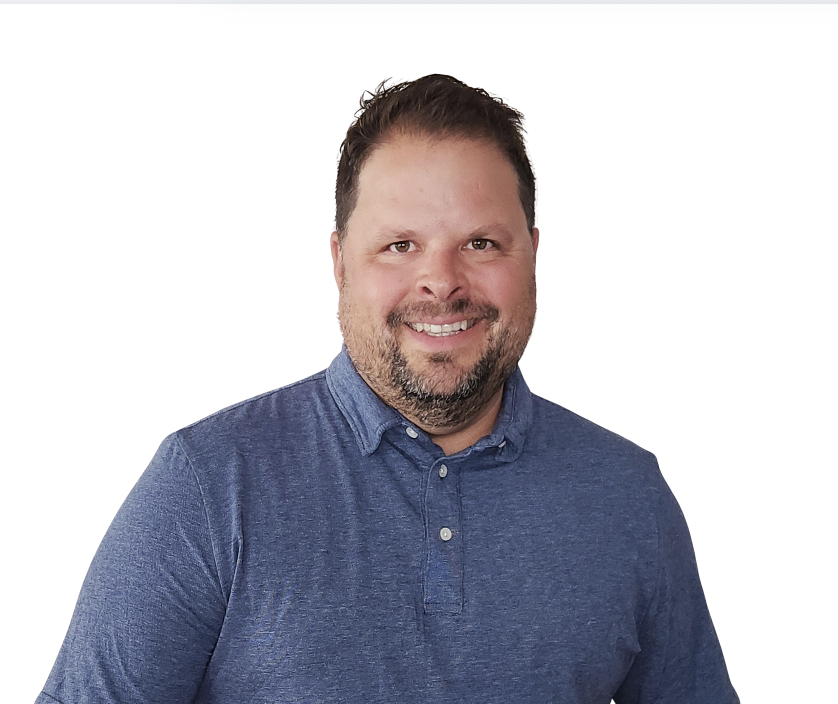As Chief Financial Officer at New Relic, Mark Sachleben built one of the most celebrated companies Silicon Valley has ever seen, growing the software business from an idea to a market cap of more than $6 billion.
As employee No. 3, Mark helped launch the software giant in 2008, and shepherded the company through its initial public offering in 2014 and until shortly before its massive take-private transaction in 2023. Additionally, Mark and his team at New Relic played a key role in pioneering early infrastructure SaaS pricing and business models.
Mark recently sat down with Crew Capital’s Dylan Reider to discuss his career as a CFO, learnings from surviving the dot-com bubble, how New Relic’s singular focus propelled its success, and the challenges of running a public company vs. a private company.
The dot-com era boom times for Wily Technology
After a few years working in corporate finance in Central Europe, Mark met Lew Cirne, the founder of Wily Technology and eventual co-founder of New Relic. Wily aimed to provide application performance management (APM) services, and Mark was impressed with Lew and his vision. The two hit it off, and Mark soon thereafter joined Wily as their 3rd employee.
“When it started, Wily was really a product in search of a market,” Mark said. “People now think of code instrumentation, and they think of application management. Back then, it wasn’t even a thing. We had to come up with the term application management. People thought, ‘If you can monitor the servers, you can monitor all the devices. Why do you need to monitor the application?’”
Against the odds, Wily survived the dot-com bubble and grew substantially. During this period, Mark helped the company grow its license-and-maintenance model. The company sold its services to large enterprises for hundreds of thousands of dollars at a time, which presented its own obstacle. “If you were GE or IBM or a big bank, you could afford our technology. If you were just a developer, you just couldn’t,” Mark said. “Ultimately, we sold Wily to CA in 2006. One of the main reasons was that we felt like we couldn’t really scale further. Every sales call was four-legged, We had several sales engineers and sales reps looped in. It was a very technical sale, and sales cycles were long. We felt that for all new revenues coming in, we had to spend 60% or 70% of them on sales and marketing. This just didn’t seem sustainable, so we ended up selling to CA. It was a great outcome.”
A new challenge at New Relic
Mark stayed through CA’s acquisition of Wily, although he originally planned to take the summer off before deciding what to do next. Those plans never came to fruition once Lew called Mark to tell him he was planning to launch a new APM company. Without hesitation, Mark ended up joining the day after he left CA Wily Technology.
“The thing that got me hooked on New Relic was the new SaaS business model. At the time, Salesforce had been around for a while, so they had gotten it popular. Wall Street understood it. From my perspective, it seemed like it made much more sense from both a CFO and customer standpoint,” Mark mentioned.
“The other thing was that Lew was a passionate technologist. It always irked him that if you worked at a huge company as a developer, you could get good application management, but If you were just doing your own coding, or working in a small company, you couldn’t – it was too expensive. APM is just as valuable for the small companies, the three engineers working in the garage, as it is for a big company. And so he just said, ‘I have to democratize. I have to get application management to the rest of the world.'”
Lew launched New Relic in 2008, and the new SaaS model empowered the company to move in ways Wily couldn’t. Salespeople would internalize feedback on features that prospective customers wanted, and engineers could immediately get to work on adding these and helping close new deals. That new model coincided with another new opportunity: Ruby on Rails, which was powering many of the growing wave of Web 2.0 companies like Airbnb and Shopify. These modern applications relied Ruby on Rails, a new server-side web application language, to power the modern user experiences that they provided. Lew saw the opportunity for New Relic to create an APM platform for this new era.
“We got a relationship with a couple of early companies that were in Ruby, and we were the only game in town because no one else had paid attention to it. We became the management company for Ruby and yes, we were a big fish in a small pond, but that allowed us to get some name recognition and then we went from there,” Mark said.
While Ruby didn’t supplant Java and New Relic had to pivot its offerings, that initial focus on Ruby-based customers had long-lasting benefits. “I think in hindsight, that focus allowed us to refine the product and really get some traction. It got us on our way, as opposed to had we just started in Java and said, ‘Yeah, we’re going to compete with everyone.’ It worked out well for us,” Mark said. “One of the real keys of operating a startup is having your focus. You need to be laser-focused to accomplish what you want to do.”
The best training for becoming a CFO
Mark jokingly said the best training for a CFO isn’t financing power projects in Central Europe, a reference to his own experience. He mentioned this because it demonstrates that finance leaders can come from a wide variety of backgrounds. “The broader the background, the better,” in Mark’s view. “Broad skillsets with experience in sales operations or accounting can be incredibly valuable too,” but then zeroed in on one specific background.
“If I had to choose one thing that would be critical, I would say it’s FP&A. It’s a part of the organization where you see the entire company, and how the money flows. And you know what? money flows matter,” he said. “That’s where you see the data. It’s hard to argue with a good FP&A person because they’ll have data at their fingertips, and they have insight into all parts of the organization. I think this is really valuable if you’re going to be a CFO.”
The value of hiring for an outside mindset
Enterprise software business models have transformed significantly since New Relic launched in 2008. Mark is the first to say that his personal expertise doesn’t lie on the technical side – predicting where generative artificial intelligence is headed isn’t his forte, but he offered advice to startup founders based on how New Relic hired wisely during its growth phase.
“We ended up hiring this guy from GoToMeeting. He was selling their conferencing software and he didn’t know the first thing about application management. He had been selling GoToMeeting and running an inside sales team when we hired him,” Mark said. “He didn’t know the technology or the space, he didn’t know anything about that. But he did know the business model structurally, he knew SaaS. He knew what metrics to consider. He knew how to think about the problem, and how to sell it. He knew all of these things, which were a game changer for us.”
Mark explained that until then, he had spent his whole career building a mindset only around what he knew. Hiring that salesperson, as well as a head of marketing with a similar, outside perspective brought a jump shift that propelled New Relic toward further success.
“If you can bring someone from the outside who has some relevant experience in a new way of doing things, even if it seems orthogonal to what you’re working on, that can be so valuable,” he said. “You can learn the market, but it’s really hard to learn a new mindset. We talk about growth mindsets. You can do it, but then it’s evolutionary, as opposed to the revolution of bringing in someone who has been living this years.”
When to go public and when to remain private
As CFO, Mark played a crucial role in New Relic’s IPO in 2014, as well as in their decision to be taken private again in 2023. Those two landmark events provided Mark an unparalleled perspective on the pros and cons of operating as a public vs. private enterprise. When it comes to an IPO, he advised founders not to rush.
“I think there’s this mythology that’s built up around IPO and going public. It’s a funding event, and it can be a liquidity event, but if you only want liquidity out of your IPO, sell your company instead. If you sell the company, you’re out right there, whereas during an IPO, it can actually be hard to sell shares as an executive,” Mark said.
“There are some great things about being a public company. Forced discipline is a big one.” To Mark, the required regular check-ins that gauge company performance benefit a public company. Everyone knows how things are going, especially when they’re going well. But the flip side is that when things aren’t going well, everyone knows it. This can massively impact morale.
“Wall Street and investors expect you to be able to say what you’re going to do, and to deliver on those remarks. You want to be prepared for that because, especially in the first few quarters, you don’t want any surprises. The old expression is that it takes years to develop credibility and about 10 minutes to deplete it. That’s certainly true in public markets,” he said.
Mark explained that executives at a private company have more freedom to make decisions compared to executives at a public company. He cited his experience of shifting New Relic from a subscription model to a consumption model while the company was still publicly traded.
“When we did our pricing change, we had maybe 15,000, 20,000 customers, and we had several thousand of those who just didn’t want to move to the new pricing. They were paying us $25 a month, some of them even less than that. They were paying us virtually nothing. We were losing money on them, and we really should have forced them to move to the new pricing. But we knew what that would have caused – Some percentage of them, call it half, would disappear. And if you go and report your customer count one quarter, and it’s down by 10%, that gets lost in the wave of people selling who don’t hear the fact that you were losing money on those customers,” he said.
Big decisions require conviction whether a company is public or private. But to Mark, having that public scrutiny brings even more challenges, as shareholder value remains the tip of the spear for any revenue-impacting conversation. He reiterated that founders should wait until they personally feel the time is right to IPO, and not feel pressured by too many external forces.
“The public markets will be there in the long term. They’re not going anywhere. And, you know, I often hear things like ‘Oh, is the IPO window open now? They’re saying that my window might close. We’ve got to get it done by September.’ The bankers love to push that narrative. A lot of external forces love to push that,” he said. “Good companies that have good performance can always raise money, and at the right time, they’ll be able to go public if that’s what they ultimately want to do.”
How to successfully create, join, and work with board rooms
In tandem with his role at New Relic, Mark serves on the board of directors for Acuity Brands, a global industrial technology company with over 12,000 employees. His experience working with a board as an operating executive coupled with serving independently on the board of another company provides him with a unique perspective on the inner workings of executive leadership.
“You want someone that you can be open and honest with. I think that goes for individuals joining boards, as well as executives and management teams creating boards. You want nice and easy two-way dialogue. As a board member, you never want to feel like the company is hiding things from you – you want them to be open and honest with you no matter what. As a founder or as a management team, you want to feel like you can be transparent with the board members. They should be advisors to you, especially for the CEO. It’s a pretty lonely job. You want someone you can talk to, someone you can sit down and have hard conversations with,” Mark said.
Mark went on to note that as a company matures, the board takes a more high-level advisory role that is less in the weeds than a board at a company’s earlier stages. Regardless, he emphasized that comfort, trust, and transparency remain paramount for working with a board at any point in a company’s lifecycle.
“As soon as that breaks down, it’s tough. It just sets up a dynamic between the management team and the board that really can make things go sideways in a hurry. You want someone that has comparable values, a comparable vision of how they want to grow the business where they want to go,” he said. “You have an investor who wants to get out in three years, or you have an investor who is willing to say, all right, if this takes seven, eight years, I’m good with that. Do you have a founder that wants to sell the company and just get a quick hit? Again, nothing wrong with that. But if that’s not the same view of the board members, that’s going to be a problem.”
For Mark, aligned values amongst leadership make all the difference for a company’s success, and New Relic is proof of that.
“You just want to be on the same page for a lot of the core values and core goals for the organization, and also have that incredible level of trust. It’s going to be an emotional ride, and there are going to be ups, and there are going to be downs. You want people who you can lean on, learn from, confide in, and hopefully have fun with, so you can enjoy the ride – even with your board members.”
Related Articles

From Report Factory to Revenue Oracle: John Queally on the RevOps Transformation
John Queally, Senior Director of Revenue Operations at Clari, has witnessed this evolution firsthand. His vision of revenue operations (RevOps)…

Tien Anh Nguyen: A Journey from Venture Capital to IPOs
Tien Anh Nguyen is the former CFO of UserTesting, a customer experience software platform, and previously an investor at OpenView…

Greg Henry: Shifting from Corporate Giant to Startup Dynamo and Priming for IPO Success
Greg Henry recently sat down with Crew Capital's Brandon Deer to discuss his transition from a company with 300,000 employees…








